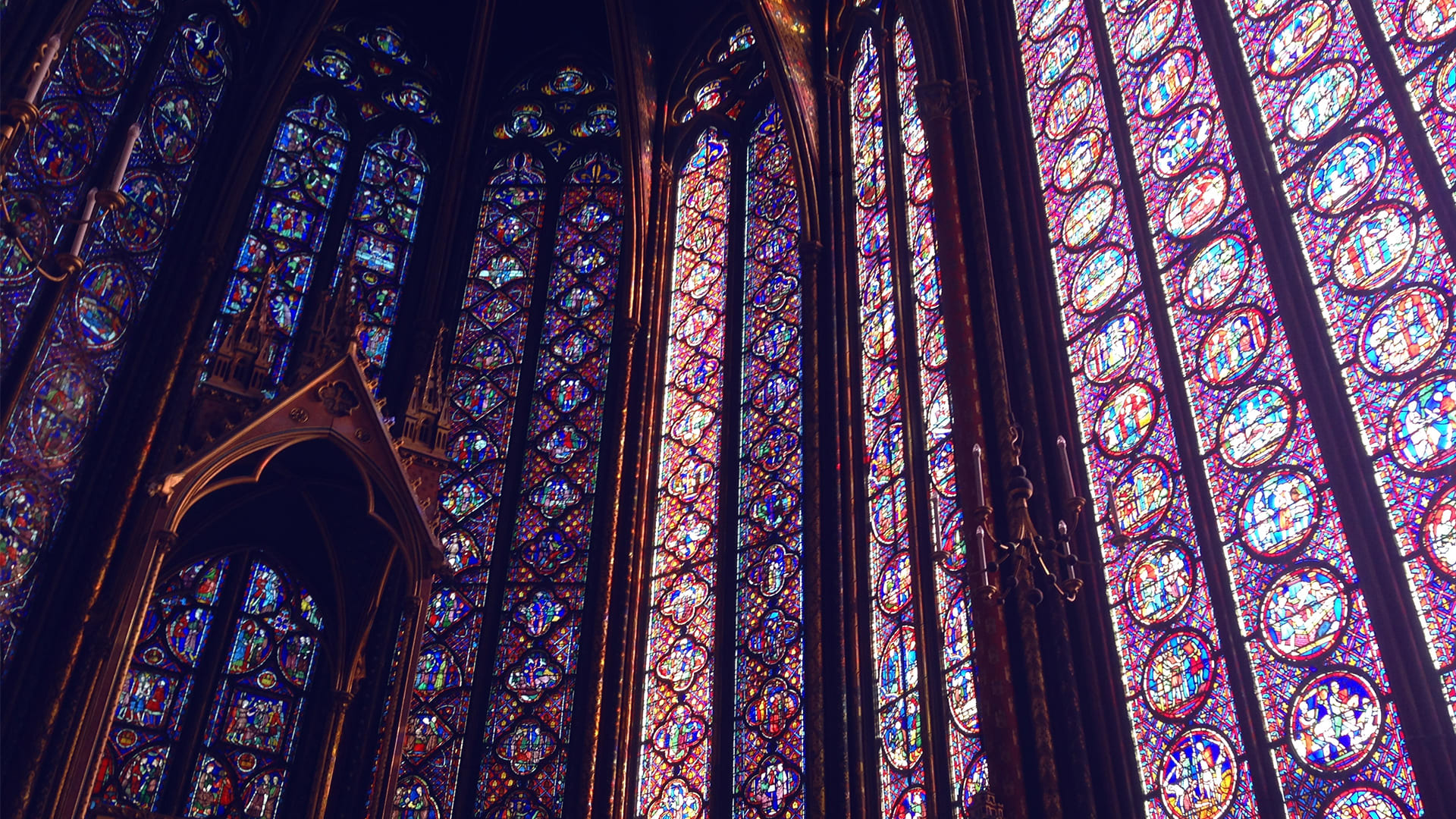Thoughts on Race from an Alumnus

We need to remind ourselves of the rapid ethno-demographic changes within American society today. Over the past decade or so, racial and ethnic minorities account for most of the nation’s population growth. In many areas of the United States, minorities are the majority, and the number of multiracial people is increasing dramatically. Hawaii, California, New Mexico, and Texas have minority non-Hispanic white populations today.
In his book, God’s New Humanity: A Biblical Theology of Multiethnicity for the Church, Dr. David Stevens (ThM, 1982) expounds on the opportunity the church has to live out its true identity—to be the church God intended all along, marked by diversity in unity in fulfillment of Jesus’s high priestly prayer (John 17). The United States has more blacks than in any country apart from Nigeria, Africa; and the number of Hispanics in this country outnumbers the total populations of Panama, Costa Rica, Nicaragua, Honduras, Uruguay, Paraguay, and Bolivia combined. Only Mexico has more Hispanics than the United States. The Asian population—being the most diverse minority, including Chinese, Japanese, Indians, Thais, Filipinos, Koreans, Vietnamese, and more—was the fastest-growing minority a few years ago. What is very clear is that minorities are not one single race or ethnicity. The term represents a variety of groups, each with distinct languages, interests, culture, family values, and much more. What implications do all these changes have on the church?
In light of these momentous demographic changes, Philip Jenkins reminds us there will be some surprising developments for the church at large: “Soon the phrase ‘a white Christian’ may sound like a curious oxymoron, as mildly surprising as ‘a Swedish Buddhist.’ Such people can exist, but a slight eccentricity is implied.” Truly the American society has rapidly become a “stew pot” of multiple ethnicities and the cultures they represent. However, are we living up to our motto, E Pluribus Unum—out of many, one?
One of the greatest speeches of the twentieth century was delivered on August 28, 1963, on the steps at the Lincoln Memorial in Washington, D.C. Who can forget the impassioned words and eloquent delivery of Martin Luther King Jr.? “I have a dream that one day this nation will rise up and live out the true meaning of its creed: ‘We hold these truths to be self-evident: that all men are created equal.’ I have a dream that one day on the red hills of Georgia the sons of former slaves and the sons of former slave owners will be able to sit down together at a table of brotherhood. . . . I have a dream that my four children will one day live in a nation where they will not be judged by the color of their skin but by the content of their character. I have a dream today.”
I, too, have a dream. It is not so much a dream for America, but a dream for the church. This dream is not original with me. It is found throughout the Bible, particularly in the New Testament teaching concerning the church as God’s New Humanity. In one sense, this dream has already become a reality. God’s provision of the cross has brought reconciliation to an otherwise alienated world. With those final words, ‘It is finished,’ the second Adam more than replaced what the first Adam had erased. With those final words, vertical reconciliation with God and horizontal reconciliation at the heart of humanity were made possible. Those final words spoken by the Man for all nations indicated God’s full provision for a true “table of brotherhood.”
From God’s New Humanity: A Biblical Theology of Multiethnicity for the Church (Wipf and Stock, 2012), by Dr. David E. Stevens.


